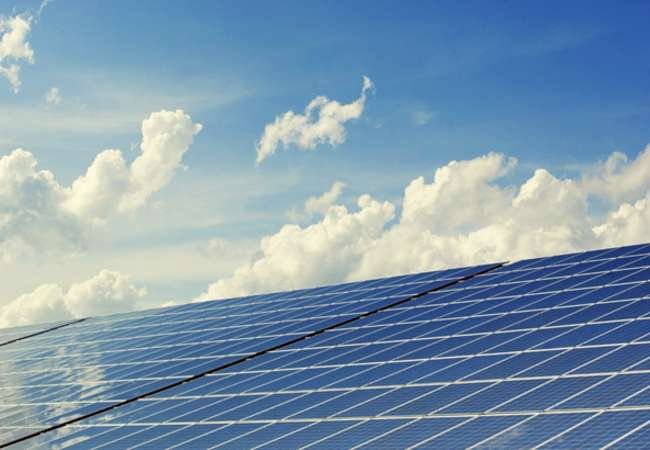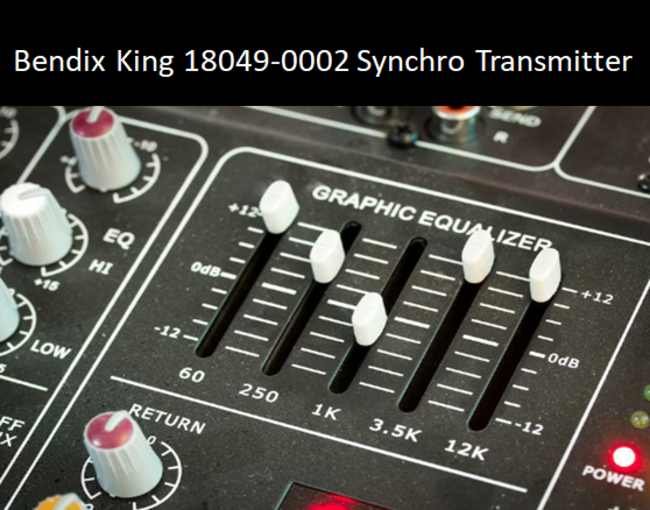Are you on the fence about whether to go solar or not?
You keep hearing good things about solar or photovoltaic technology. You know how it’s good for the planet because it’s using clean, renewable energy. It’s also an excellent long-term investment that can save you a lot of money by reducing or eliminating your electricity bill.
But maybe there’s something about not understanding the technology that well doesn’t sit right with you. After all, there are things like cryptocurrency and NFTs that are not right up the alley of an average person. It’s hard to invest in something that you have no idea about, and solar panels, while cheaper now, are still pretty expensive.
This article is about to change all that. Keep reading to learn more about solar photovoltaic technology, so you can feel that you’ve made the best choice to go solar.
What Is Photovoltaic Technology?
In essence, Photovoltaic (PV) or solar technology converts sunlight into electricity. Scientists call this phenomenon the “photovoltaic effect.”
There are no moving parts, no motors involved, and no fuel used. All that’s needed to generate energy is the sun casting light on the panels that contain photovoltaic cells. That’s why places that receive the most sunlight are the best for solar, for example, a Blue Raven installation in Arlington, Texas.
Below is a simple photovoltaic technology guide on how it all works.
Step 1: Light Strikes the PV Cell
Albert Einstein’s particle theory of light laid the groundwork for the photoelectric effect. According to him, photons are the particles in light.
A PV or solar cell is made from a semiconductor, typically silicon. When photons strike the PV cells, they knock the electrons loose from the material. These electrons are responsible for the generation of electricity within the cell.
Step 2: The Flow of Electrons Generate a Current
The solar cell consists of a sandwich of two silicon layers. One layer is electron-rich due to the fact that it’s “doped” with phosphorus, which has an extra electron compared to silicon. The other layer is electron-poor because it’s saturated with boron, which has one less electron than silicon.
The discrepancy creates an electric field. Naturally, the loose electrons will travel using the path of least resistance. When the electrons flow in one direction, they generate an electric current.
Step 3: Metal Plates Capture the Electric Current
Metal plates that serve as electrical conductors are attached to both sides of the solar cell. They form an electric circuit and can capture the flow of electrons. Electricity can now travel through the wiring to a solar inverter and then circulate throughout your home.
Solar Photovoltaic Technology Benefits
The obvious benefit of solar technology is that it’s virtually inexhaustible. Our sun has an expected lifespan of five billion years! That makes the sun one of the most dependable sources of renewable energy we know.
Aside from being renewable, solar energy is also clean energy. The technology doesn’t produce greenhouse gases or other toxic substances and doesn’t waste or contaminate water.
Is Solar Right for You?
Photovoltaic technology isn’t magical or based on anything shady or doubtful. It’s not hard to understand once you break it down into simple concepts. Now that you’re familiar with how it works, you can confidently invest in something that will positively impact your life and the planet.
Please feel free to browse our site for more technology news and articles.




